I am making a flappy bird clone game, using pygame. I want to draw pillars by using Sprite.draw. I made a Pillar class and initialized it with two rectangles p_upper and p_lower on the left side of the screen, coming towards the right side with the help of the update function of the sprite. But the screen is only showing the p_lower pillar. Can anyone help?
class Pillar(pygame.sprite.Sprite):
# the "h" parameter is height of upper pillar upto gap
# "w" is the width of the pillar
# pillar is coming from left to right
def __init__(self, w, h, gap):
pygame.sprite.Sprite.__init__(self)
self.image = pygame.Surface((w, h))
self.image.fill(green)
self.p_upper = self.rect = self.image.get_rect()
self.p_upper.topleft = (-w, 0)
self.image = pygame.Surface((w, HEIGHT - (h + gap)))
self.image.fill(green)
self.p_lower = self.rect = self.image.get_rect()
self.p_lower.topleft = (-w, h + gap)
def update(self):
self.p_upper.x += 1
self.p_lower.x += 1
